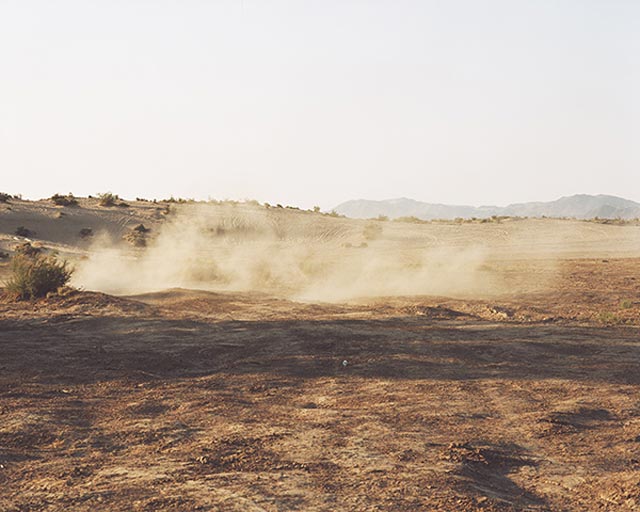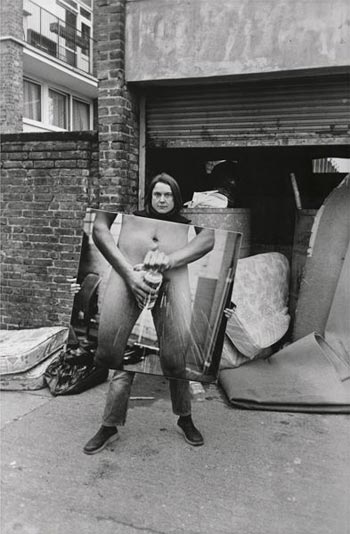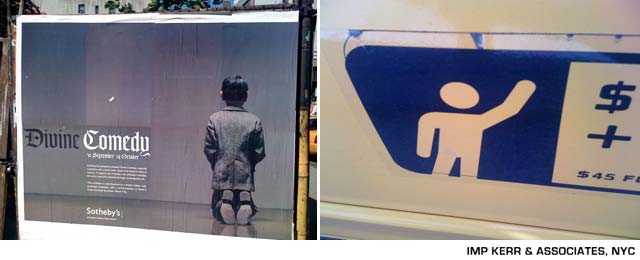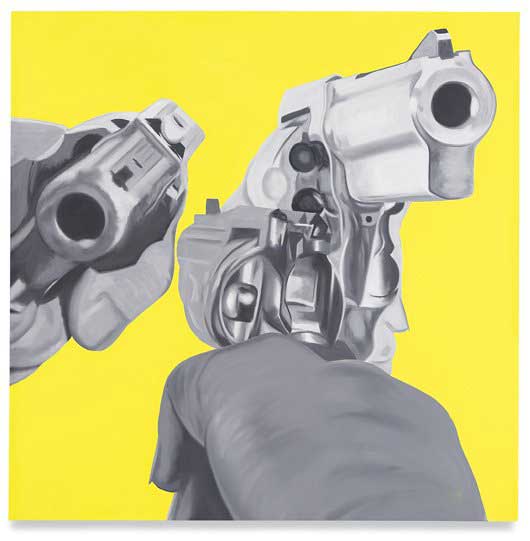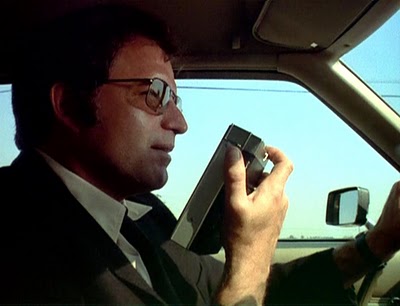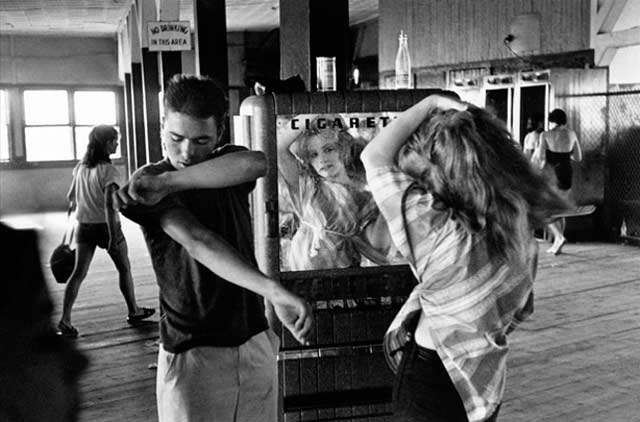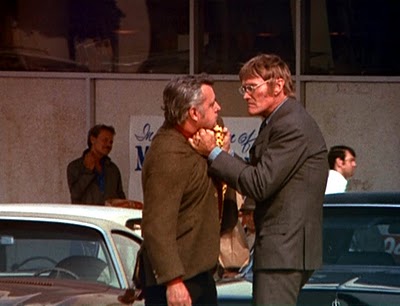Casino-resort developer Steve Wynn is betting big on the art market this fall. Mr. Wynn has enlisted Christie’s to auction off a Roy Lichtenstein painting for at least $40 million at its major sale of contemporary art on Nov. 10 in New York.
The 1964 painting, “Ohhh…Alright…,” depicts a pixilated redheaded woman clutching a telephone. (…) Mr. Wynn bought the work from a New York gallery, Acquavella, a few years ago. Before that, the painting belonged to actor and writer Steve Martin. Mr. Martin confirmed he once owned the work; Mr. Wynn declined to comment.
“Ohh…Alright…” has never been auctioned off before, but it has been shown to collectors on the private marketplace, dealers say. Most notably, it was included in a not-for-sale show of the artist’s “Girls” series two years ago at New York’s Gagosian Gallery. (…)
At the market’s peak two years ago, Christie’s privately brokered the sale of another 1964 Lichtenstein redhead, “Happy Tears,” for roughly $35 million, up from the $7.1 million the auction house got for that same work six years earlier, according to Brett Gorvy, Christie’s international co-head of postwar and contemporary art.
{ Wall Street Journal | Continue reading }
No one except Wynn himself might have imagined it, but in the past two years, the Las Vegas resort mogul has become one of the world’s most successful art dealers/warehousers. Looking at the fruit of one large purchase Wynn made in March 1998 (just one of many acquisitions he or his company has made), he appears to be looking at a potential 40 percent to 50 percent appreciation on an investment of $50 million.
Beginning in November 1996, Mirage Resorts President and CEO Steve Wynn began collecting art for the opening of Bellagio, an upscale resort in Las Vegas. Yet even before Bellagio and the Bellagio Gallery of Fine Art opened in October 1998, Wynn had become an art dealer, trading the works he acquired.
While Wynn picked out art for his company to purchase, he also bought for himself. Most notable is a group of seven contemporary paintings for $50 million from New York dealer William Acquavella on March 9, 1998. The math (admittedly, somewhat speculative), shows that Wynn has sold three of the paintings for around $37 million and two others worth about $4 million for undisclosed prices. And he still owns two that are worth over a total of $20 million, easily. Here’s a list of the paintings in question and, where possible, information on what has become of them.
Robert Rauschenberg, Small Red Painting, 1954
Combine painting, ca. 28 x 21 x 5 in.
Wynn ‘98 valuation: $3.4 million
Sold after Bellagio opened
Buyer and sale price are unknown
Cy Twombly, Untitled, 1961
Acrylic, colored crayons and graphite on canvas, 40 x 58 in.
Wynn ‘98 valuation: $847,458
Sold before Bellagio opened
Buyer and price are unknown
Franz Kline, August Day, 1957
Oil on canvas, 92 x 78 in.
Wynn ‘98 valuation: $2.5 million
Sold to PaceWildenstein, where it was for sale at $4 million
Presumed net to Wynn: around $3.2 million
Roy Lichtenstein, Torpedo…Los!, 1963
Oil on canvas, 68 x 80 in.
Wynn ‘98 valuation: $12.7 million
Sold spring ‘98 for around $14 million to Microsoft architect guru Charles Simonyi
Jasper Johns, Highway, 1959
Encaustic and collage on canvas, ca. 34 x 27 in.
Wynn ‘98 valuation: $9.3 million
Sold summer ‘99 for around $20 million
Willem de Kooning, Police Gazette, 1955
Mixed media on canvas, ca. 43 x 40 in.
Wynn ‘98 valuation: $11.9 million
Remains in Wynn’s collection
Jackson Pollock, Frieze, 1953-55
Oil, enamel and aluminum paint on canvas, ca. 26 x 86 in.
Wynn ‘98 valuation: $9.3 million
Remains in Wynn’s collection
{ ArtNet | Continue reading }
